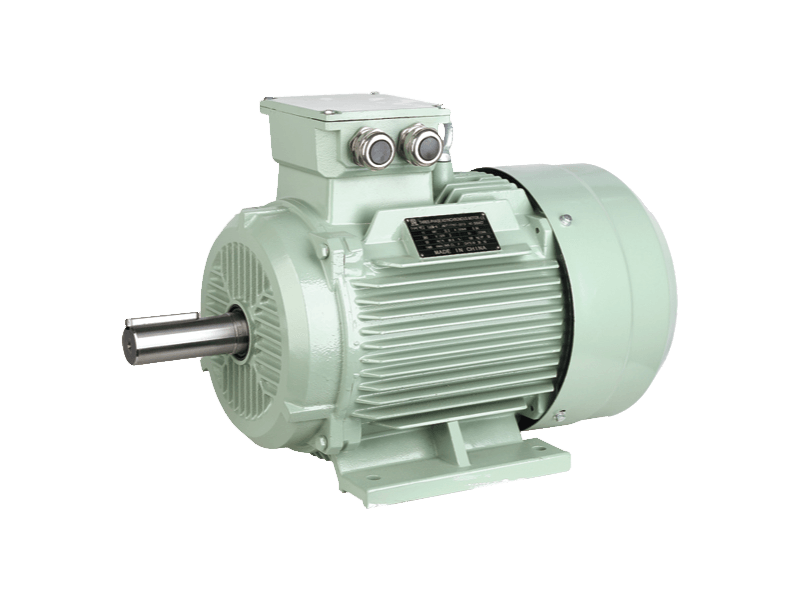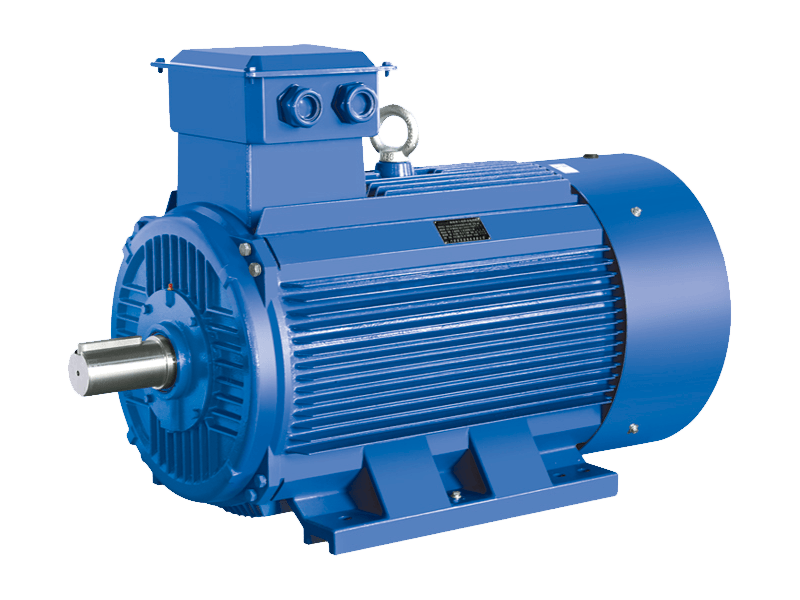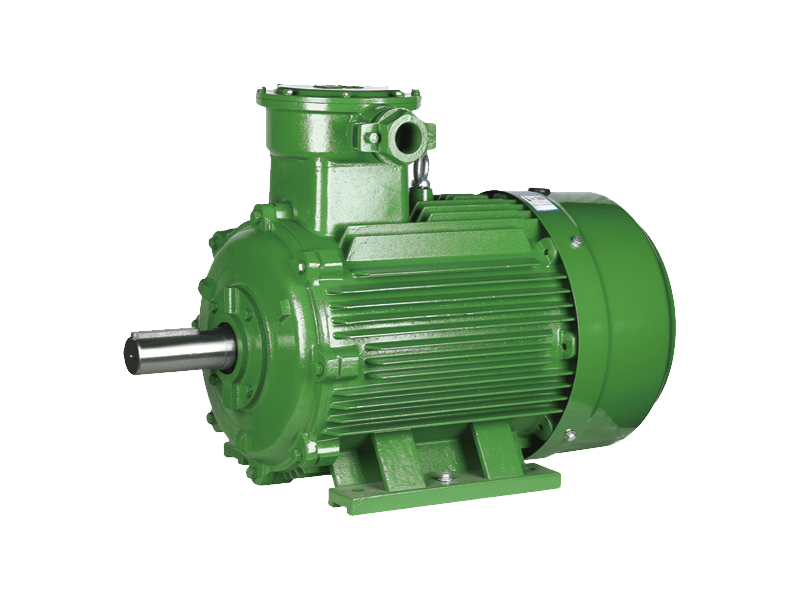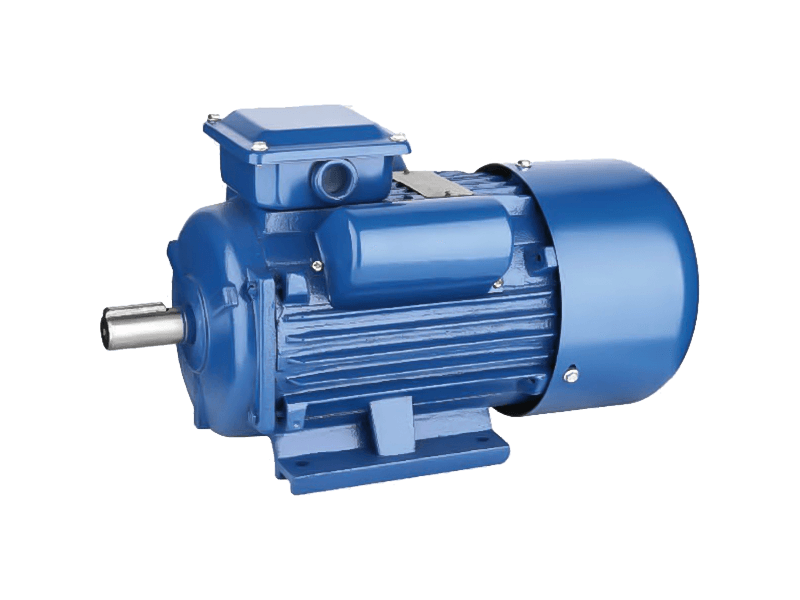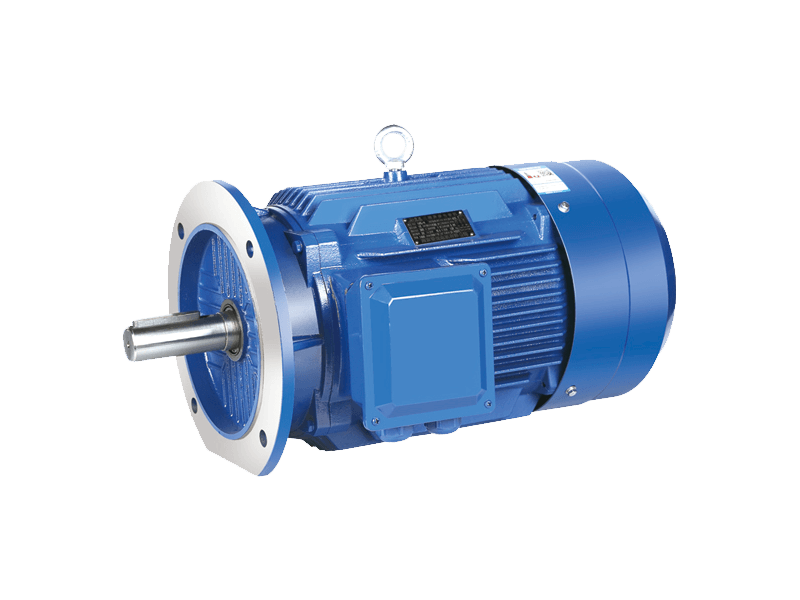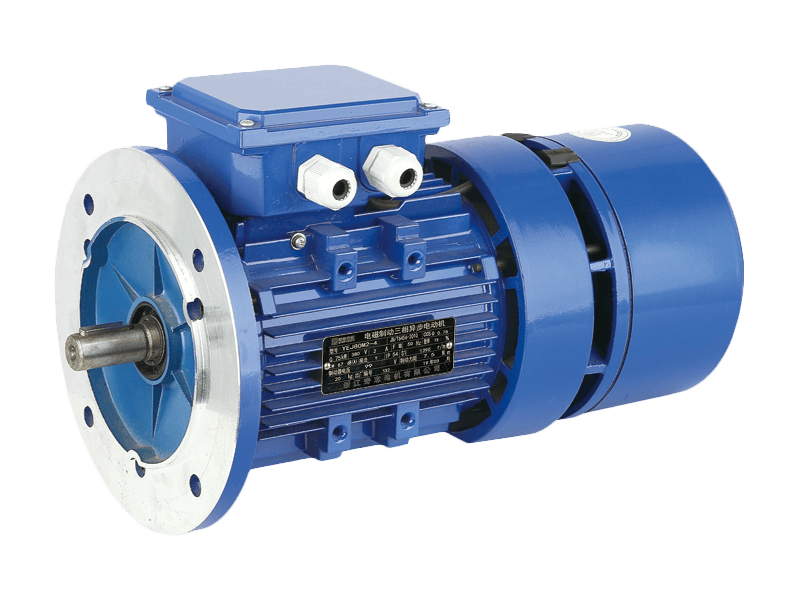In the ever-evolving landscape of industrial machinery, the
Three-Phase Asynchronous Motor stands as an unsung hero, driving progress and innovation across a myriad of applications. This robust and versatile motor has become the backbone of industrial operations, delivering efficiency, reliability, and adaptability. From manufacturing plants to water treatment facilities, the Three-Phase Asynchronous Motor is powering the wheels of modern industry.
Efficiency at its Core:
At the heart of the Three-Phase Asynchronous Motor's appeal is its inherent efficiency. The three-phase design allows for a seamless and continuous power supply, minimizing energy losses and maximizing output. This efficiency is particularly critical in industrial settings where constant and reliable power is imperative for uninterrupted operations.
The asynchronous nature of the motor—where the rotor turns at a speed slightly less than the synchronous speed of the rotating magnetic field—adds to its efficiency. This design not only ensures a smooth start-up but also contributes to reduced maintenance needs, making the Three-Phase Asynchronous Motor a cost-effective and sustainable choice for industries worldwide.
Versatility Unleashed:
One of the standout features of the Three-Phase Asynchronous Motor is its versatility. These motors are adept at powering an extensive range of machinery and equipment across various sectors. From pumps and fans to compressors and conveyors, the Three-Phase Asynchronous Motor's adaptability makes it the go-to solution for diverse industrial applications.
In manufacturing, where precision and reliability are paramount, these motors play a crucial role in driving conveyor belts, powering machining tools, and running production lines. Their ability to handle variable loads with ease ensures that industrial processes remain efficient and responsive to changing demands.
Indispensable in Water Treatment:
Water treatment facilities, tasked with the critical responsibility of providing clean and safe water, rely heavily on the Three-Phase Asynchronous Motor. These motors power the pumps and blowers essential for various stages of the water treatment process, ensuring the efficient movement of water through treatment plants.
The robustness of the Three-Phase Asynchronous Motor is evident in its ability to handle the rigors of continuous operation in challenging environments. Their reliability contributes to the overall effectiveness of water treatment systems, safeguarding public health and environmental well-being.
A Key Player in HVAC Systems:
Heating, ventilation, and air conditioning (HVAC) systems, vital for maintaining comfortable and controlled environments, owe much of their functionality to Three-Phase Asynchronous Motors. These motors power the compressors and fans that regulate temperature and air circulation in commercial and industrial buildings.
The ability of Three-Phase Asynchronous Motors to operate at varying speeds and adapt to fluctuating loads is particularly beneficial in HVAC applications. This adaptability ensures that HVAC systems can respond dynamically to changing conditions, promoting energy efficiency and occupant comfort.
Challenges and Innovations:
While the Three-Phase Asynchronous Motor is a stalwart in industrial settings, its adoption is not without challenges. The motors, depending on their size and application, can be relatively bulky, requiring careful consideration in terms of installation space and logistics.
In response to these challenges, ongoing innovations in motor design and materials are addressing size and weight concerns. Additionally, advancements in control systems and variable frequency drives are optimizing the performance of Three-Phase Asynchronous Motors, allowing for more precise control over speed and efficiency.
The Drive Towards Sustainability:
As industries worldwide pivot towards sustainability, the Three-Phase Asynchronous Motor is aligning seamlessly with this shift. The motors' efficiency contributes to energy savings, reducing the environmental impact of industrial operations. Moreover, the durability and longevity of these motors result in fewer replacements and, consequently, reduced waste.
In the quest for sustainable practices, industries are increasingly recognizing the importance of selecting energy-efficient and reliable components. The Three-Phase Asynchronous Motor emerges as a key player in this narrative, embodying the principles of longevity, efficiency, and environmental responsibility.

